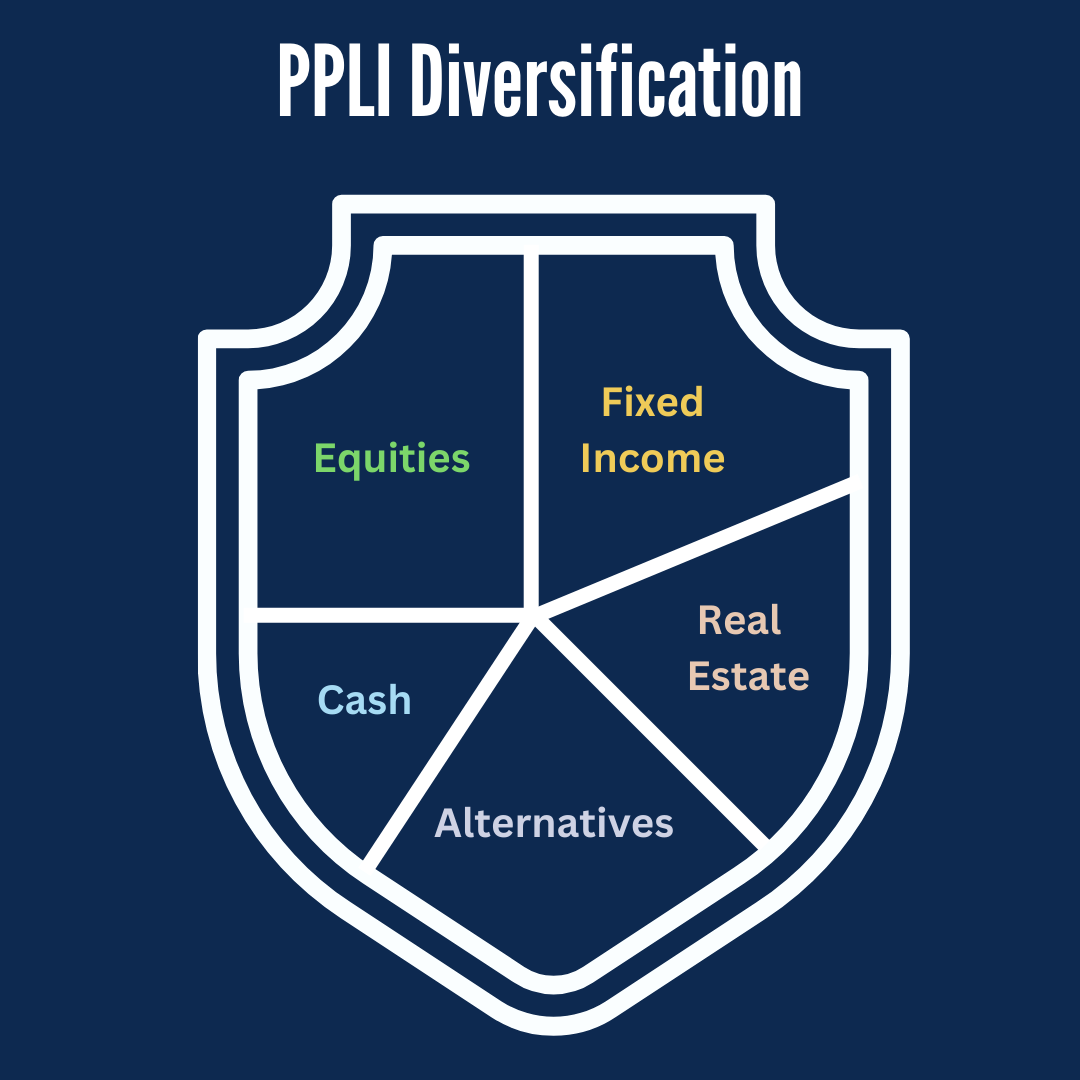When planning for retirement, most people think about 401(k)s, IRAs, and social security benefits. However, Whole Life insurance (WL) has emerged as a powerful tool for creating tax-efficient retirement income that many Americans overlook. This permanent life insurance product offers unique advantages that can help you build wealth while enjoying significant tax benefits throughout your retirement years.
Whole Life insurance provides guaranteed death benefits, predictable cash value growth, and access to funds when you need them most. Unlike term insurance that expires after a set period, WL policies remain in force for your entire lifetime as long as premiums are paid. The cash value component grows on a tax-deferred basis, creating an asset you can tap into during retirement without the tax consequences that come with traditional retirement accounts.
How Cash Value Accumulation Works in WL Policies
The cash value in your Whole Life insurance policy grows steadily over time through guaranteed returns and potential dividends from participating policies. A portion of each premium payment goes toward building this cash value, which accumulates on a tax-deferred basis. This means you won’t pay taxes on the growth as long as the money remains inside the policy.
The growth rate in WL policies is typically conservative but predictable, offering stability that can balance more aggressive investments in your portfolio. Many mutual insurance companies have paid dividends consistently for over a century, providing policyholders with additional cash value growth beyond the guaranteed minimums. This reliable accumulation makes Whole Life insurance an attractive option for risk-averse retirees who want certainty in their financial planning.
Tax Advantages That Make WL Attractive for Retirement
One of the most compelling reasons to use Whole Life insurance for retirement income is the favorable tax treatment. The cash value grows tax-deferred, meaning you don’t pay annual taxes on the gains like you would with taxable investment accounts. This allows your money to compound more efficiently over the decades leading up to retirement.
When you’re ready to access your funds, you have tax-advantaged options. You can take policy loans against your cash value, which are not considered taxable income by the IRS. These loans don’t require credit checks or approval processes, and you control the repayment schedule. Alternatively, you can make partial withdrawals up to your cost basis without triggering taxes. This flexibility allows you to create a retirement income stream that doesn’t increase your taxable income or potentially affect your social security benefits or Medicare premiums.
Have Questions?
Contact us by filling the form, and we’ll get back to you soon!
Contact Us
Creating a Retirement Income Stream with Policy Loans
Policy loans are the primary method most people use to access their WL cash value during retirement. When you take a loan from your policy, you’re borrowing against your cash value while it continues to earn interest and dividends. The insurance company charges interest on the loan, but the rates are typically reasonable and fixed.
The beauty of this approach is that policy loans are not reported as income on your tax return. You can supplement your retirement income without pushing yourself into a higher tax bracket. This is particularly valuable for retirees who want to minimize their taxable income to reduce Medicare premiums or avoid taxes on social security benefits. Many retirees use a strategy where they draw from their WL policies in the early years of retirement, allowing their traditional retirement accounts to continue growing and deferring required minimum distributions.
Strategic Timing: When to Tap into Your WL Policy
Timing is important when using Whole Life insurance for retirement income. Most financial advisors recommend waiting until your cash value has had sufficient time to grow, typically 15-20 years or more. This allows the policy to mature and ensures you have substantial cash value to draw from without jeopardizing the death benefit.
A common strategy is to use WL policy loans during market downturns to avoid selling stocks or mutual funds at a loss. This approach gives your investment portfolio time to recover while you meet your income needs through insurance policy loans. Other retirees use their Whole Life insurance as a bridge between early retirement and when they can claim social security or access traditional retirement accounts without penalties.
Comparing WL to Traditional Retirement Accounts
Traditional retirement accounts like 401(k)s and IRAs offer tax deductions on contributions, but withdrawals in retirement are fully taxable as ordinary income. Whole Life insurance works in reverse: you pay premiums with after-tax dollars, but you can access the money tax-free through loans and withdrawals. This creates valuable tax diversification in retirement.
Required minimum distributions (RMDs) force you to withdraw money from traditional retirement accounts starting at age 73, whether you need the income or not. These mandatory withdrawals can push retirees into higher tax brackets and trigger additional taxes on social security benefits. WL policies have no such requirements, giving you complete control over when and how much you access. This flexibility can be particularly valuable in managing your tax liability year by year.
The Death Benefit Advantage for Legacy Planning
Beyond retirement income, Whole Life insurance provides a guaranteed death benefit that passes to your beneficiaries income-tax-free. This creates a legacy for your family while you enjoy the living benefits of the cash value. Even if you take policy loans during retirement, the death benefit typically remains substantial, though it will be reduced by any outstanding loan balance.
This dual purpose makes WL especially attractive for those who want both retirement income and legacy planning. Your beneficiaries receive the death benefit without it going through probate, providing quick access to funds when they need them most. For many families, this death benefit can cover estate taxes, final expenses, or simply provide financial security for surviving spouses and children.
Considerations Before Using WL for Retirement Income
While Whole Life insurance offers significant advantages for retirement planning, it’s not the right solution for everyone. WL policies require long-term commitment and consistent premium payments. The cash value builds slowly in the early years, so this strategy works best when you start early and maintain the policy for decades.
Premium costs for Whole Life insurance are higher than term insurance because you’re paying for both the death benefit and cash value accumulation. You need to ensure you can afford the premiums throughout your working years without sacrificing other important financial goals. Additionally, if you surrender the policy or let it lapse, you could face tax consequences and lose the benefits you’ve built.
Maximizing Your WL Strategy
To get the most from your Whole Life insurance for retirement income, work with a qualified financial advisor who understands both insurance and retirement planning. They can help you determine the right amount of coverage, structure your policy for maximum cash value growth, and integrate it with your other retirement assets.
Consider funding your policy with paid-up additions riders, which allow you to put additional money into the policy beyond the base premium. This accelerates cash value growth and increases your future retirement income potential. Some people use WL as part of a “bucket strategy” where they maintain several years of living expenses in the policy’s cash value as a safety net during market volatility.
Moving Forward with Your Retirement Plan
Whole Life insurance deserves consideration as part of a comprehensive retirement income strategy. The combination of tax-deferred growth, tax-free access through policy loans, and a guaranteed death benefit creates a unique financial tool that complements traditional retirement accounts. While it requires long-term commitment and isn’t suitable as your only retirement vehicle, WL can provide the tax efficiency and flexibility that makes retirement more secure and enjoyable.
If you’re interested in exploring how Whole Life insurance might fit into your retirement plans, reach out to a licensed insurance professional who can review your specific situation. The earlier you start, the more time your policy has to build cash value and provide the tax-advantaged retirement income you’re looking for.
Ready to Optimize Your Whole Life Strategy?
Book a Call





0 Comments